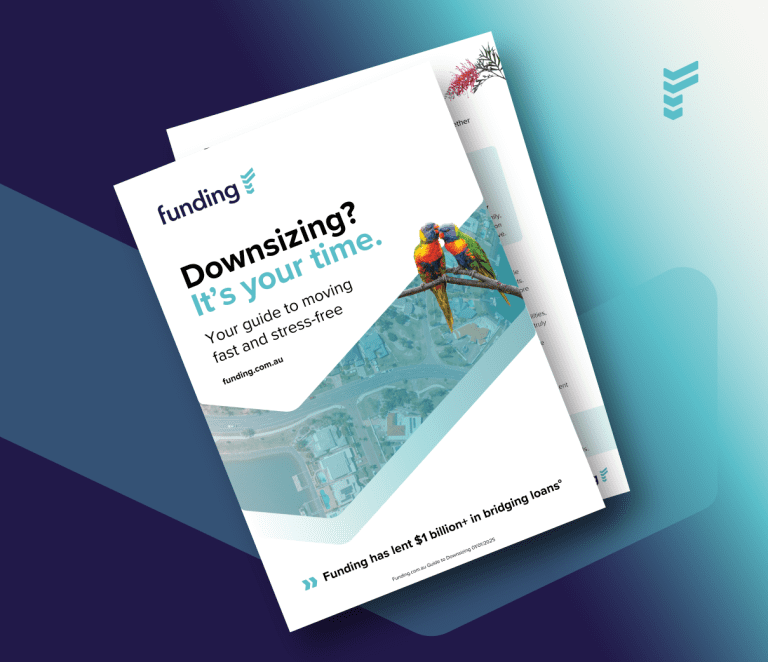Refinance, or refinancing, refers to the process of replacing an existing loan with a new one, typically with different terms. Borrowers usually refinance to secure a lower interest rate, reduce monthly payments, change the loan term, or switch from a variable-rate to a fixed-rate loan (or vice versa). Refinancing can apply to various types of loans, including home loans, personal loans, auto loans, and business loans.
Importance of understanding refinance
Cost savings
Refinancing can lead to significant cost savings by reducing interest rates and monthly payments. Understanding how refinancing works helps borrowers identify opportunities to lower their overall loan costs.
Financial flexibility
Refinancing offers financial flexibility by allowing borrowers to adjust their loan terms to better suit their current financial situation. This can include extending the loan term to reduce monthly payments or shortening the term to pay off the loan faster.
Debt management
Refinancing can be an effective tool for managing debt, consolidating multiple loans into one, and simplifying repayment. This can make it easier for borrowers to keep track of their obligations and potentially secure better terms.
Improved loan conditions
Refinancing allows borrowers to take advantage of improved loan conditions, such as lower interest rates or switching from a variable-rate to a fixed-rate loan. This can provide more predictability and stability in their financial planning.
Key components of refinance
New loan terms
Refinancing involves replacing the existing loan with a new one that typically has different terms. These terms can include a new interest rate, loan term, repayment schedule, and other conditions.
Closing costs
Refinancing often involves closing costs, such as application fees, appraisal fees, and legal fees. Borrowers need to factor these costs into their decision to refinance to ensure that the potential savings outweigh the expenses.
Break-even point
The break-even point is the time it takes for the savings from the new loan to cover the closing costs of refinancing. Calculating the break-even point helps borrowers determine if refinancing is financially beneficial.
The loan-to-value ratio is the percentage of the loan amount relative to the property's appraised value. Lenders consider the LVR when approving a refinance application, as a lower LVR indicates lower risk.
Credit score
A borrower's credit score plays a significant role in refinancing. A higher credit score can qualify borrowers for better terms and lower interest rates, making refinancing more advantageous.
Pros and cons of refinance
Pros
- Lower interest rates: Refinancing can secure a lower interest rate, reducing the overall cost of the loan.
- Reduced monthly payments: By adjusting the loan term, borrowers can lower their monthly payments, improving cash flow.
- Debt consolidation: Refinancing can consolidate multiple loans into one, simplifying repayment and potentially securing better terms.
- Improved loan conditions: Borrowers can switch from variable to fixed rates or vice versa, providing more stability and predictability.
Cons
- Closing costs: Refinancing involves upfront costs that can offset potential savings if not carefully considered.
- Extended loan term: Extending the loan term can lower monthly payments but may increase the total interest paid over the life of the loan.
- Credit impact: Applying for a new loan can impact the borrower's credit score, especially if multiple applications are made in a short period.
- Break-even point: Borrowers need to consider how long it will take to recoup the costs of refinancing through savings.
Applications of refinance
Home loans
Homeowners often refinance their mortgages to take advantage of lower interest rates, reduce monthly payments, or switch from variable to fixed rates. Refinancing can also be used to access home equity for renovations or other financial needs.
Personal loans
Borrowers can refinance personal loans to secure better terms, consolidate debt, or reduce monthly payments. This can help manage personal finances more effectively and reduce the overall cost of borrowing.
Auto loans
Refinancing an auto loan can lower interest rates and monthly payments, making car ownership more affordable. Borrowers may also use refinancing to shorten the loan term and pay off the vehicle faster.
Business loans
Businesses can refinance loans to improve cash flow, reduce interest expenses, or consolidate multiple debts into a single loan. This can help manage business finances more effectively and support growth and expansion plans.
Refinance in action
Consider a homeowner in Geelong with a $400,000 mortgage at an interest rate of 4.5% and a remaining term of 25 years. The homeowner decides to refinance the mortgage to take advantage of a new interest rate of 3.5%. The refinancing process involves securing the new loan, paying closing costs, and adjusting the monthly payments based on the new terms.
- Original loan amount: $400,000
- Original interest rate: 4.5%
- New interest rate: 3.5%
- Remaining term: 25 years
- Monthly savings: The reduced interest rate lowers the monthly payment, resulting in significant savings over the life of the loan.
By refinancing, the homeowner reduces their monthly payments and overall interest expenses, improving their financial situation.
Loans and trusts
Refinancing can also be relevant in various loan scenarios, including bridging loans, building loans, and business loans. For example, a borrower with a bridging loan may refinance to a standard mortgage once their existing property sells, securing better terms and lower interest rates. Similarly, refinancing a building loan upon project completion can convert it to a traditional mortgage with more favourable conditions. Income trusts can benefit from refinancing by lowering borrowing costs and improving cash flow management.
External link
For more information on refinancing and its implications, visit the MoneySmart website.
Conclusion
Refinancing is a powerful financial tool that can help borrowers save money, improve loan conditions, and manage debt more effectively. By understanding the components, benefits, and risks of refinancing, borrowers can make informed decisions and optimise their financial strategies. Whether for home loans, personal loans, or business loans, refinancing offers opportunities to secure better terms, lower interest rates, and achieve greater financial stability.

